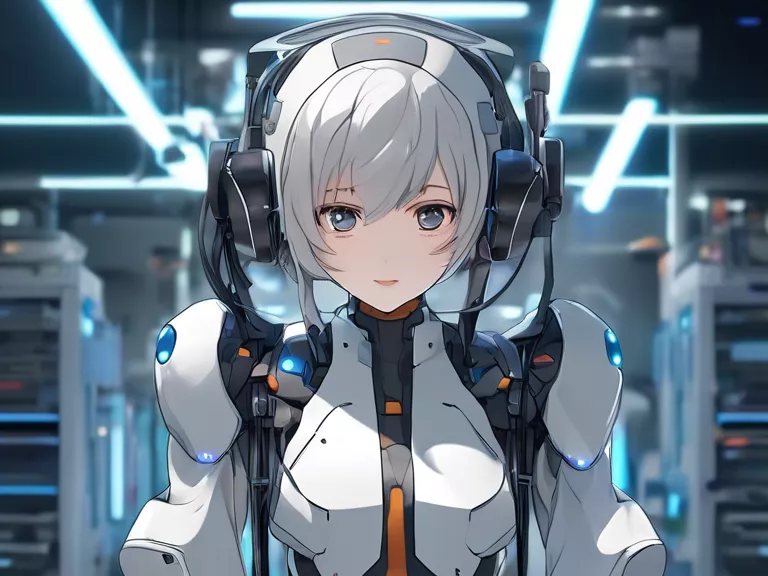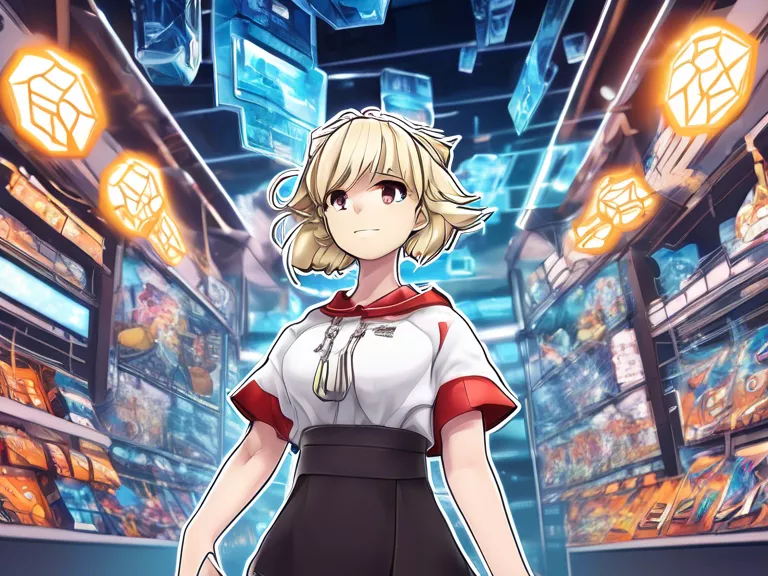
Introduction
In recent years, the use of artificial intelligence (AI) assistants in anime production has been revolutionizing the industry. These advanced technologies are reshaping the way anime is created, leading to more efficient workflows, improved quality, and enhanced creativity. This article explores the role of AI assistants in anime production and how they are advancing tech frontiers in the entertainment sector.
AI-Assisted Animation
Traditionally, creating anime involved labor-intensive processes such as drawing, coloring, and animating each frame by hand. However, with the help of AI assistants, animators can now automate repetitive tasks and focus more on the creative aspects of their work. AI-powered tools can generate in-between frames, clean up rough animations, and even suggest movement patterns, saving valuable time and streamlining the production process.
Enhancing Visual Quality
AI technologies have also been instrumental in enhancing the visual quality of anime productions. Through machine learning algorithms, AI assistants can analyze and optimize colors, lighting, and textures to create stunning visual effects. This not only improves the overall aesthetic appeal of the anime but also allows animators to experiment with new styles and techniques that were previously impractical to achieve manually.
Storytelling and Scriptwriting
Beyond animation, AI assistants are also making waves in the realm of storytelling and scriptwriting. With natural language processing capabilities, these tools can analyze existing scripts, identify plot holes, and even generate dialogue based on predefined parameters. This enables creators to explore new narrative possibilities, develop complex characters, and refine story arcs with greater ease and efficiency.
Real-Time Feedback and Collaboration
One of the key advantages of AI assistants in anime production is their ability to provide real-time feedback and facilitate collaboration among team members. By analyzing data from multiple sources, AI tools can offer insights on character design, pacing, and audience engagement, helping creators make informed decisions throughout the production cycle. Additionally, these technologies enable seamless communication and file sharing, allowing geographically dispersed teams to work together more effectively.
Future Implications and Challenges
As AI assistants continue to evolve and expand their capabilities, the future of anime production holds immense promise and potential. However, this rapid technological advancement also raises important ethical and creative concerns. Issues such as job displacement, data privacy, and algorithm bias must be carefully addressed to ensure a balanced and sustainable integration of AI in the industry.
Conclusion
In conclusion, AI assistants are playing a transformative role in anime production, pushing the boundaries of technology and creativity in the entertainment sector. By automating repetitive tasks, enhancing visual quality, aiding storytelling, and facilitating collaboration, these advanced technologies are revolutionizing the way anime is created and consumed. As the industry embraces AI innovation, it is essential to prioritize ethical considerations and foster a culture of responsible AI use to harness its full potential for the benefit of creators and audiences alike.

